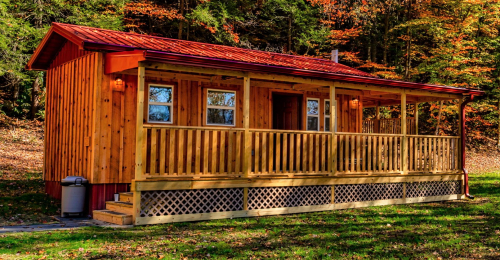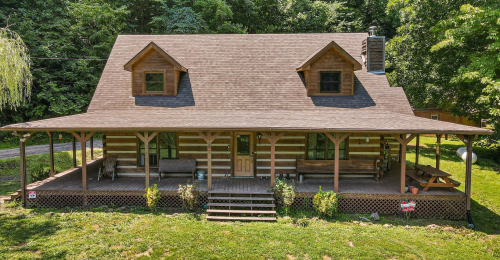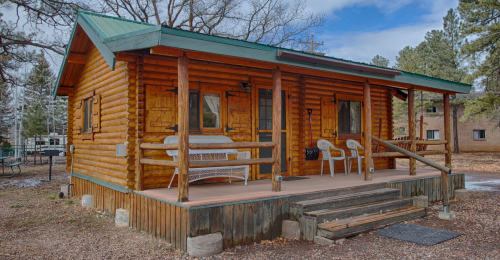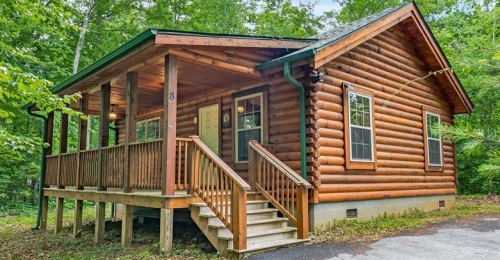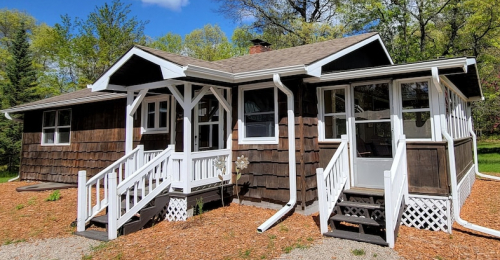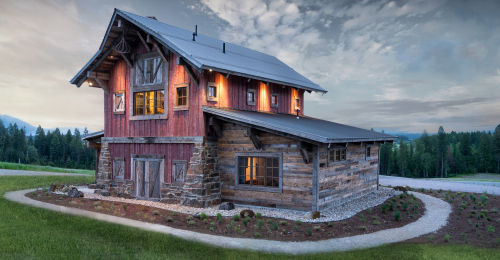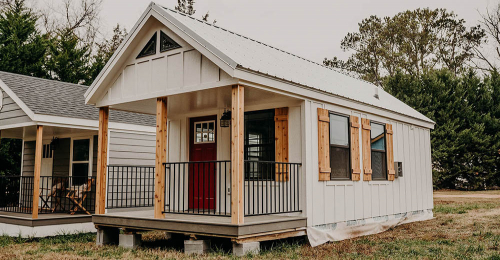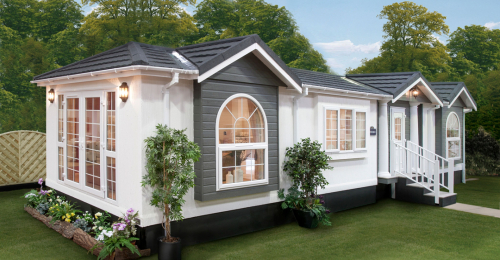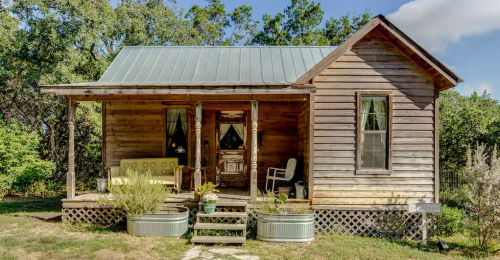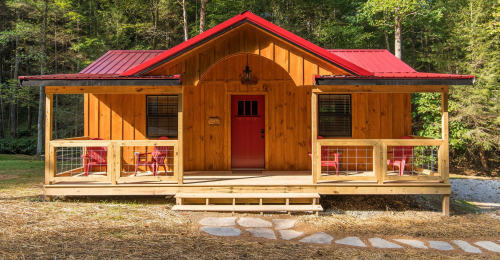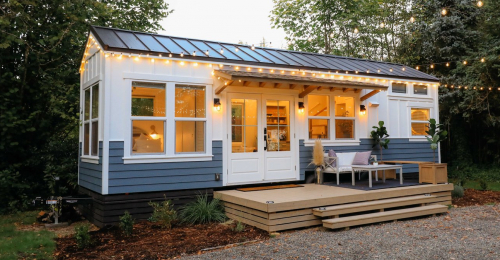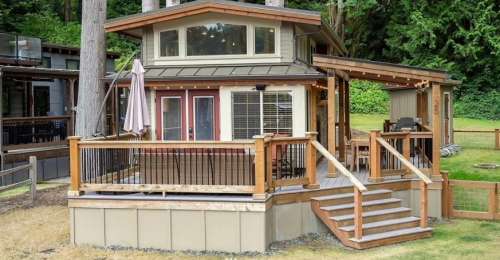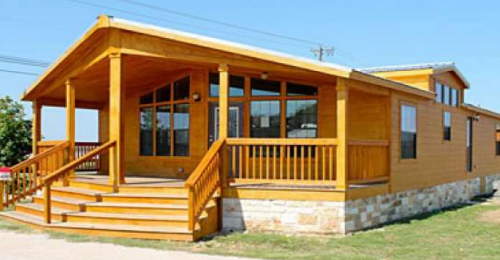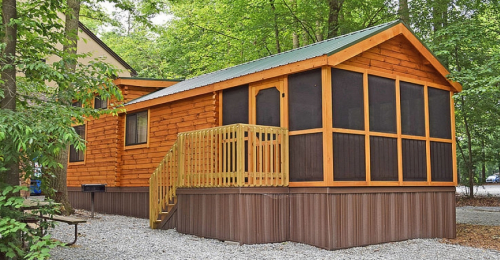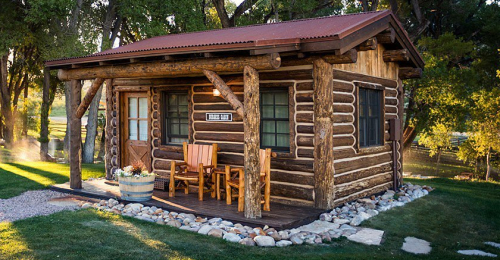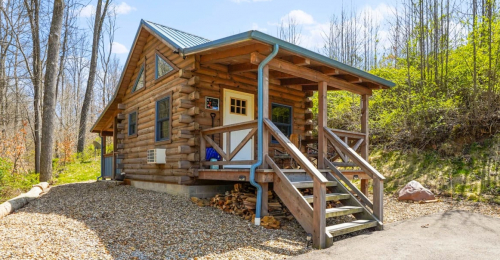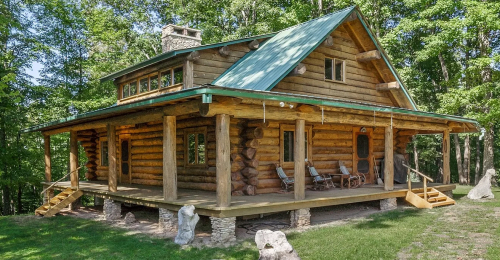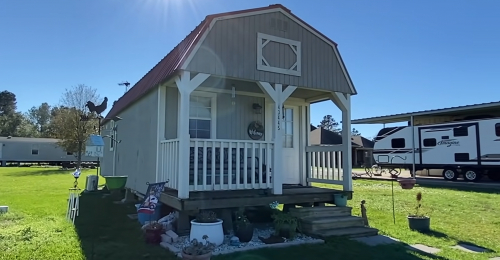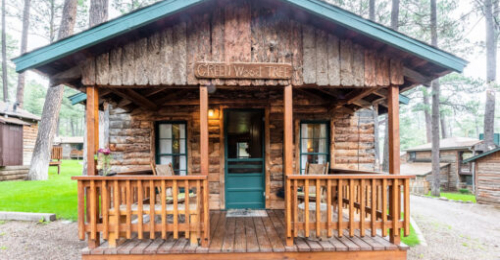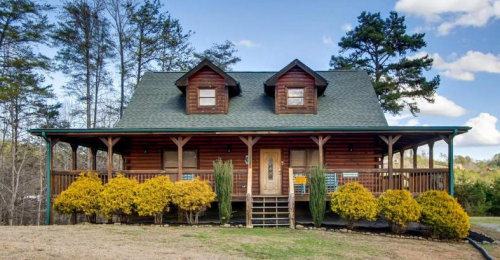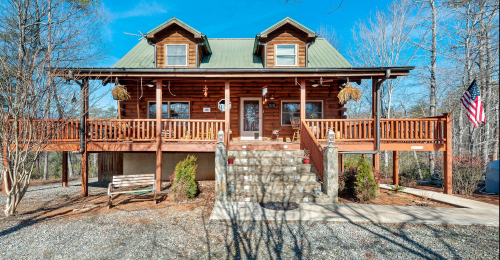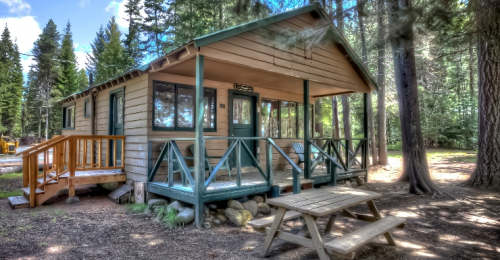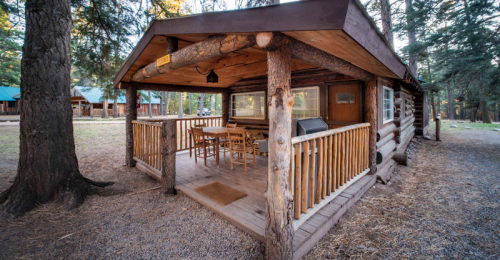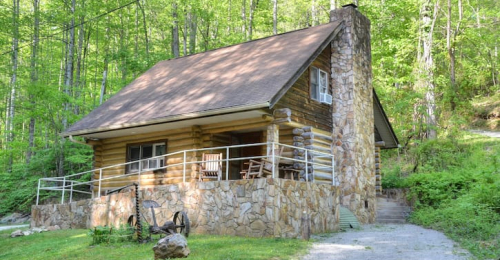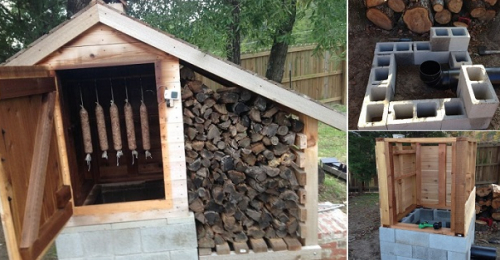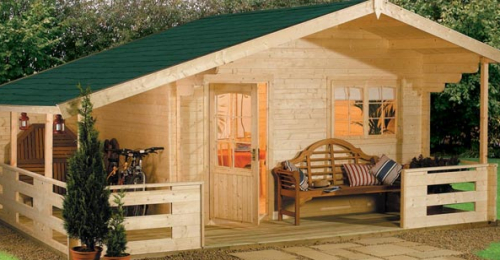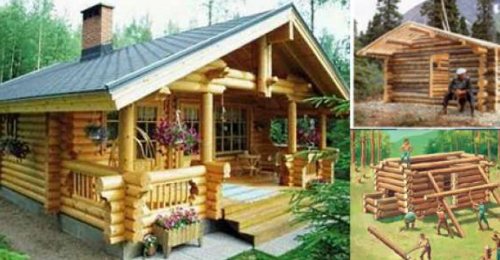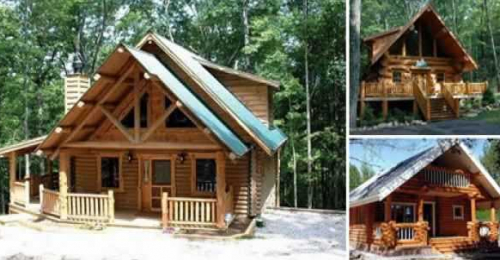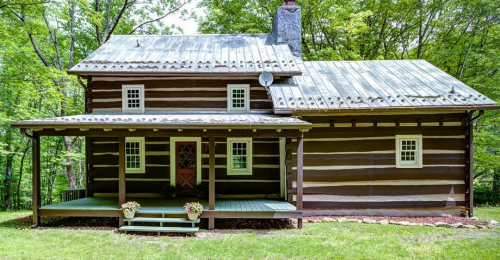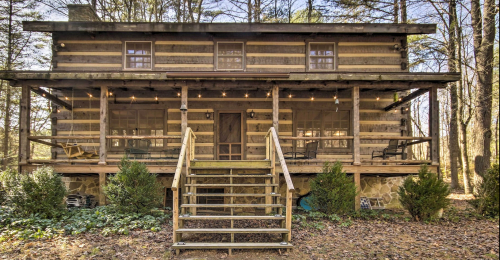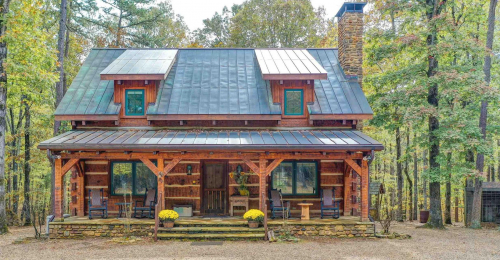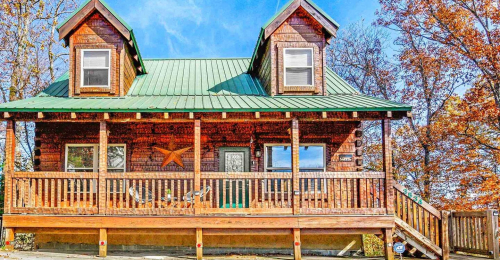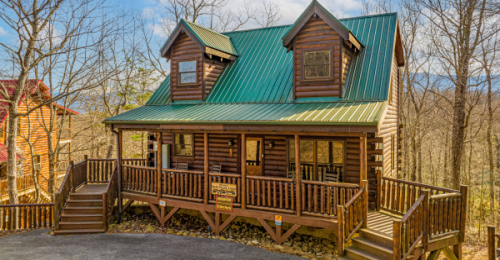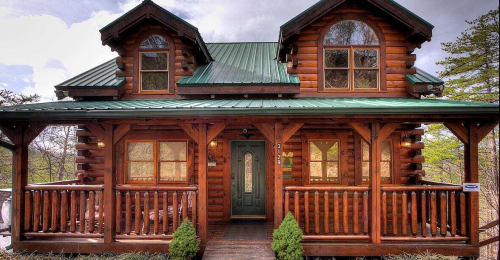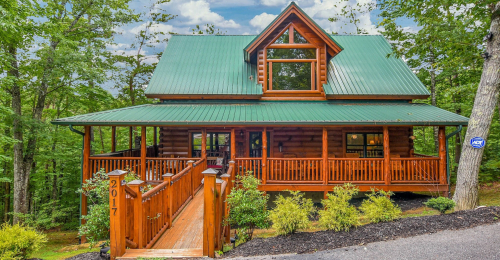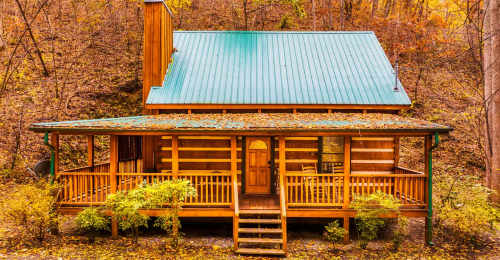17 Years Living Off-Grid on a Self-Built Island Homestead - Built with Salvaged Materials
Written by: Arron J. Staff writer @ Hyggehous.com
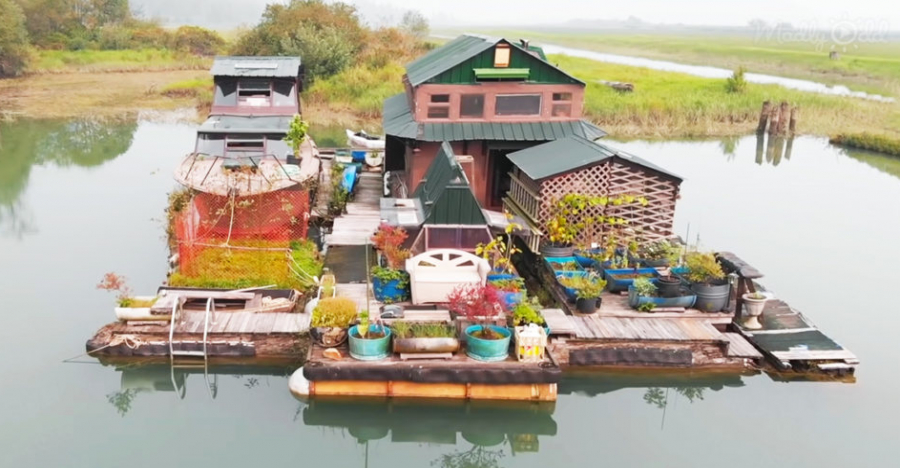
Photo Gallery
.png)
You'll want to see how Shadow, a homesteader built this incredible floating island with salvaged and reclaimed building materials.
The island comprises a 2-story float home, a floating chicken coop, floating gardens, and even a floating compost shed. He's been living on the water for 17 years and working hard to protect the Widgeon Slough area in British Columbia, Canada. He gathers wood from the river to use as firewood, he grows some of his fresh food in barrel gardens, and he collects fresh water from a nearby spring. Shop Tiny Homes He filters his greywater on a floating raft with multiple plants and husk filtration layers, and he composts his food and human waste to ensure that nothing goes overboard. Each part of the island is floating independently with its off-grid solar panel to provide electricity. This way, if the island breaks apart during a storm, the power system won't be damaged.
Shadow uses a skiff to collect wood from the river and to get around his island.
For longer journeys into town, Shadow uses his kayak to get to the road, and from there, he uses a bicycle to get to town for supplies. He also has friends and family who help him with obtaining supplies. Shadow says the main threats to the area are poachers, pollution, film crews, and the local government spraying pesticides to control invasive species and opening the area to a park. The government has been trying to evict him for years, but he feels that his presence is needed to keep people accountable for the harm they're inflicting on this delicate ecosystem.
The off-grid home is located in Widgeon Slough just off of the Pitt River in British Columbia, Canada.
Shadow calls the off-grid homestead Nowhere Island. As for electricity, Shadow used to have wind generators, he then decided to replace them with solar panels because of the dangers of strong gusts while living off the grid. He rewired them to get the most energy despite days and seasons with low-light conditions. All structures in Nowhere Island each have solar panels–there are no cables or wirings present, allowing the structures to have electricity even when separated by storms. All of Shadow’s tools are neatly placed on the wall. He also has firewood stored everywhere in preparation for cold days and winter. One of the most distinct parts of Shadow’s off-grid floating home is the library. It also doubles as a bio lab where he spends a lot of time doing research. This room is where Shadow determines what kinds of toxins and chemicals are harming the wetlands and their ecosystem.
Upstairs, you’ll find Shadow’s arts and crafts room where he spends time painting and reading.
He also uses this room as the main office. During winter, the room turns into a dedicated movie station. Shadow’s shelves are stacked with a wide variety of movies he can watch at any time should boredom strike. You will find Shadow outside of the floating home most often. This is where he manages his compost shed, tends to his floating garden and chicken coop, and filters grey water from his natural filtration system built from layers of corn and coconut husks.

.png)
.png)
.png)
.png)
